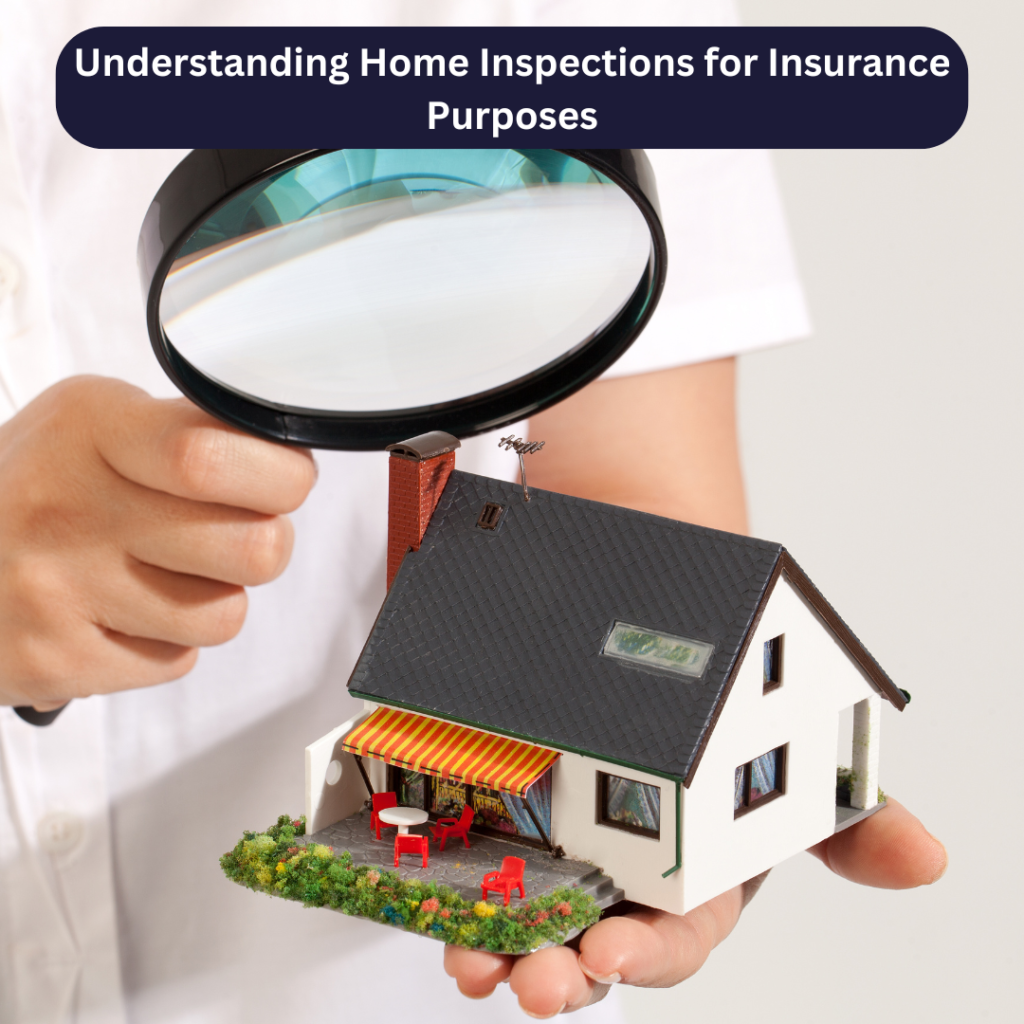
You just took out a new home insurance policy and you’ve been told the carrier will be doing a home inspection. What does that mean?
An insurance home inspection is an assessment conducted by a representative of your home insurance carrier. They are evaluating the information on the application for accuracy and to identify any potential risks or issues that could affect the property’s safety, value, or insurability.
Here are some key aspects of the process:
- Application: The carrier is verifying the information given to them by the agent and signed off on by you, the insured. They verify address, age, square footage, and other details. Did the application say you had no trampoline, but there is clearly one in your back yard?
- Structural Integrity: Inspectors look for issues with the foundation, roof, and walls, like cracks in your exterior brick.
- Safety Hazards: This includes checking for electrical problems, plumbing issues, and other safety issues. A frequent issue is uneven sidewalks or driveways, that could be a tripping hazard.
- System Evaluations: If due to the age or value of a home, the insurance carrier does an interior inspection, it may cover heating, cooling, and electrical systems to ensure they meet safety standards.
- Exterior Condition: The inspector assesses the condition of the exterior, including siding, windows, doors, and your roof. If your roof has missing or loose shingles or severe staining, it can affect the insurability of your roof and/or your home.
The results of the inspection are sent to your insurance carriers’ underwriting department. They will review the report and can issue requirements on things to be repaired (your roof missing shingles, clogged gutters or overhanging trees) or if the items are serious enough, they can issue a cancellation notice.
What are our recommendations?
- Make sure there are no trees touching your home and that you cut back limbs that may be overhanging the roof. These can cut down on damage to your roof during a storm.
- Make sure there are no damaged facia boards, gutters or fences on your property.
- Review your roof or have a roofer come out to review for missing and/or damaged shingles. This can again cut down on damage during a storm and potential water damage to the inside of your home.
Ask your insurance agent what to expect during your home inspection. Ask what your specific carrier looks for and what are the things you can do ahead of time to reduce your risk of a claim and have a great inspection report.
